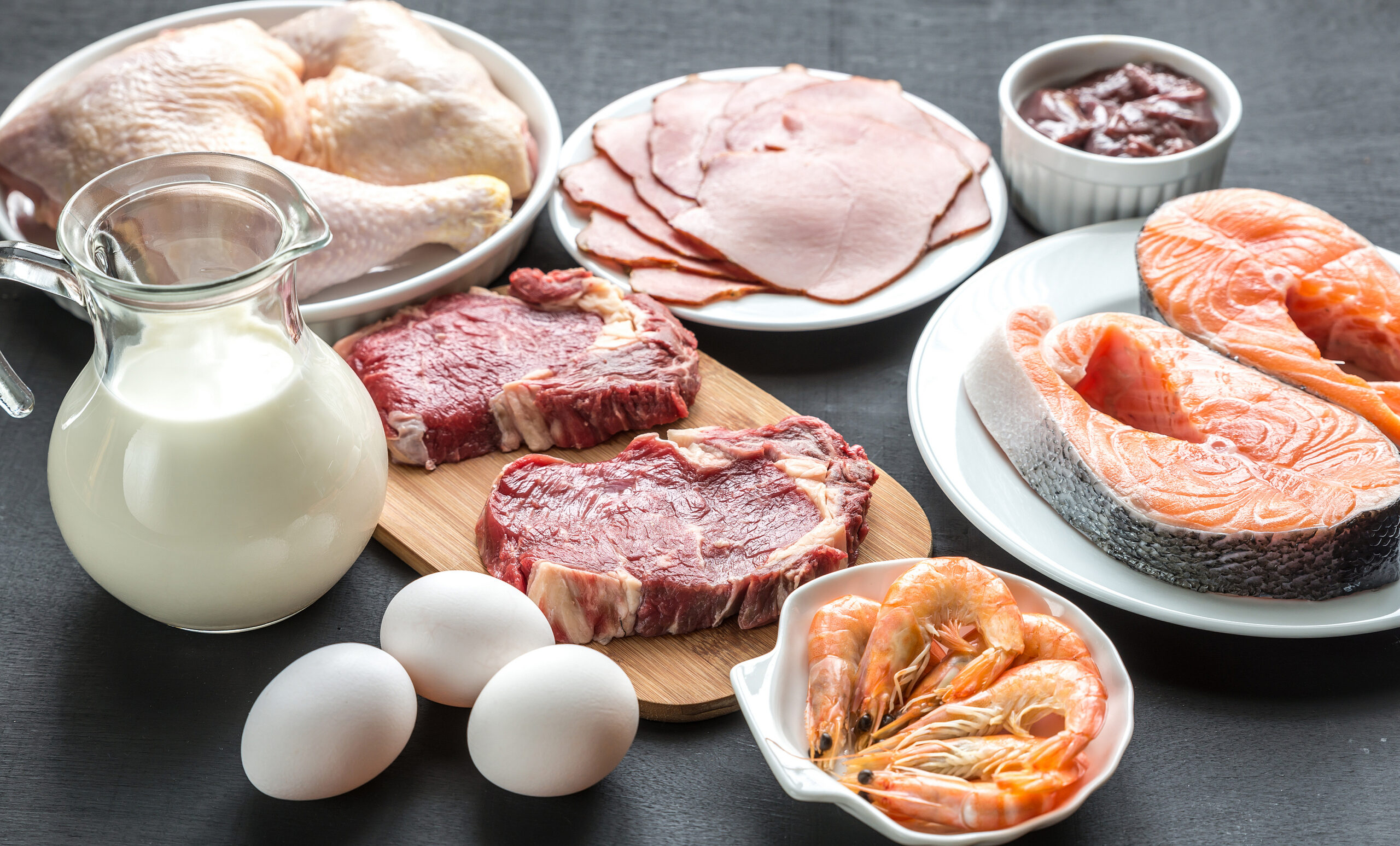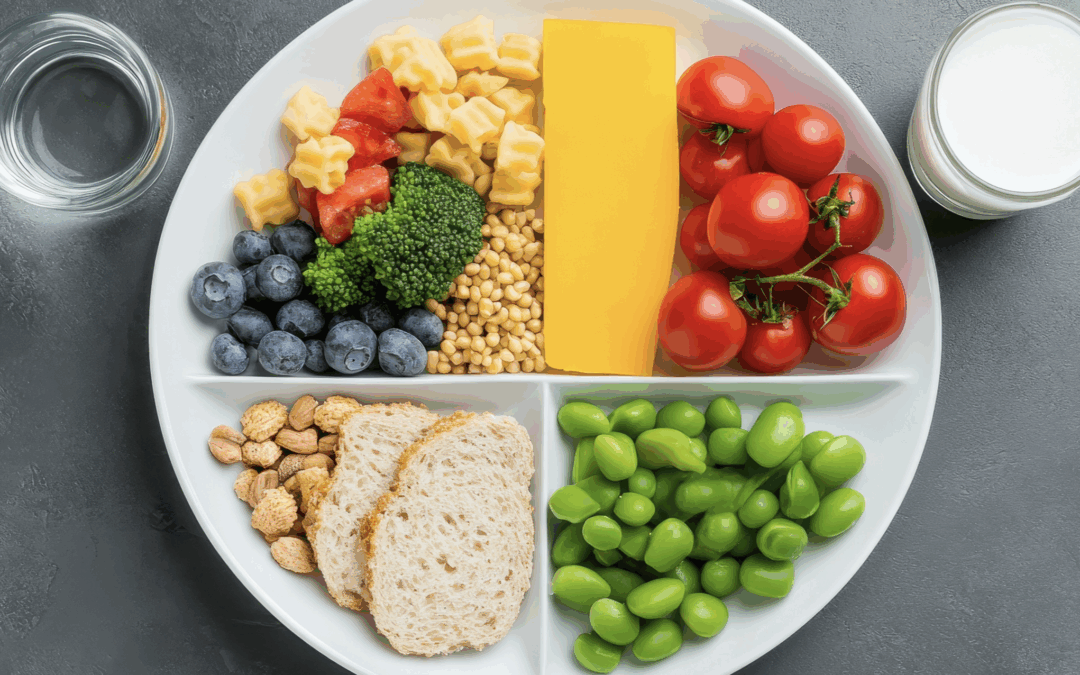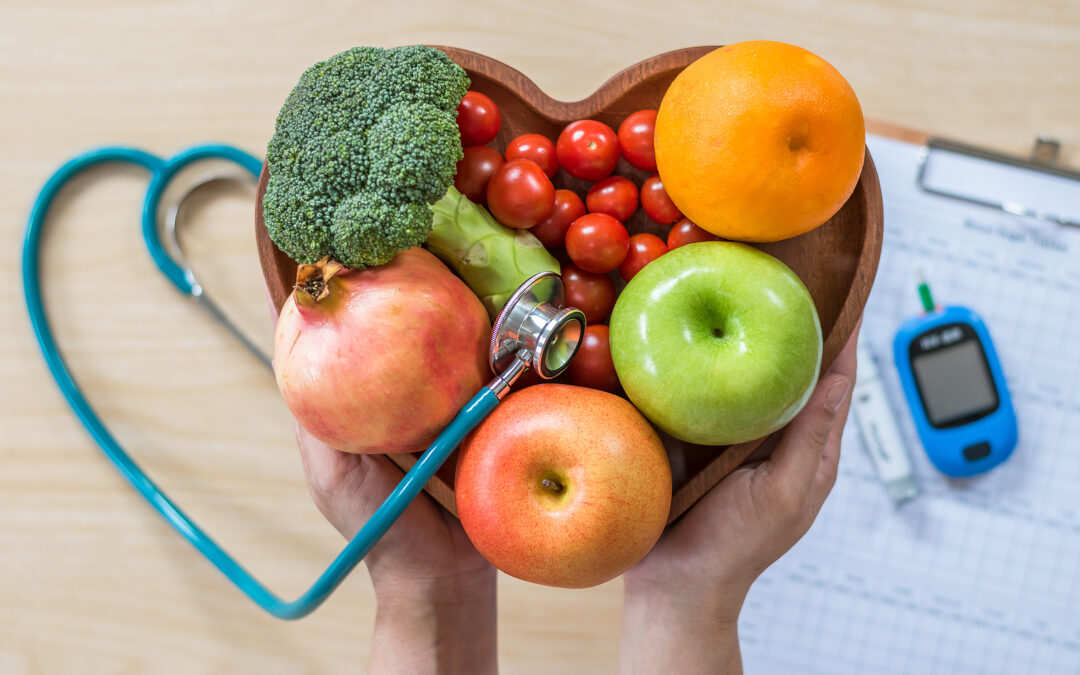Enjoy Your Meals Without the Blood Sugar Spikes
If you’ve ever asked, “What can I eat with diabetes?” and gotten a dozen different answers, you’re not alone. The good news is that managing your diet doesn’t have to be complicated. Focusing on foods that support steady blood sugar—while still being satisfying—can help you feel your best without feeling restricted.
Understanding the Glycemic Index (GI)
The glycemic index (GI) is a helpful tool that ranks how quickly different foods raise blood sugar levels. Choosing foods with a lower GI may help keep your glucose more stable throughout the day.
- Low GI foods: Digest slowly and help keep blood sugar steady. Examples include whole grains, legumes, and leafy greens.
- Medium GI foods: Can be eaten in moderation—like brown rice, sweet potatoes, and whole-grain pasta.
- High GI foods: Cause faster spikes in blood sugar and may be better to limit, such as white bread, sugary snacks, and soda.
Pairing carbohydrates with fiber, protein, or healthy fats—like nuts or avocado—can also slow digestion and reduce sharp blood sugar rises. Talk to your healthcare provider or dietitian to explore how the glycemic index may fit into your meal planning.

Foods That Support Blood Sugar Balance
A balanced approach includes a mix of fiber-rich carbs, lean protein, healthy fats, and non-starchy vegetables. Here are some foods people often include in a diabetes-friendly meal plan:
- Protein: Chicken, fish, tofu, eggs, lean cuts of beef
- Healthy fats: Avocados, olive oil, nuts, seeds
- High-fiber carbs: Lentils, quinoa, oats, whole wheat bread or pasta
- Non-starchy veggies: Broccoli, spinach, cucumbers, bell peppers, cauliflower
Foods that are more likely to spike blood sugar include:
- Sugary cereals: Especially those with little fiber and added sugar
- Sweetened drinks: Like soda, fruit juice, and energy drinks
- Refined carbs: Such as white bread, chips, and pastries
Building Balanced Plates
One simple and visual method is the plate method, which helps you build meals with the right portions:
- Half your plate: Non-starchy vegetables like leafy greens, tomatoes, or zucchini
- One-quarter of the plate: Lean proteins such as grilled chicken, fish, or beans
- One-quarter of the plate: Whole grains or starchy vegetables like brown rice, lentils, or sweet potatoes
Water, unsweetened tea, or black coffee are often recommended over sugary beverages. Small swaps like these can add up over time to support more stable blood sugar.
Simple Meal Ideas
You don’t have to give up flavor to eat in a way that supports your health. Here are some meal ideas that many people with diabetes enjoy:
- Breakfast: Scrambled eggs with whole-grain toast and avocado
- Lunch: Grilled chicken salad with olive oil and lemon dressing
- Dinner: Baked salmon with quinoa and steamed vegetables
- Snacks: Greek yogurt, mixed nuts, or hummus with cucumber slices
Balance Over Perfection
Managing diabetes through food isn’t about strict diets—it’s about creating habits that work for you. Small, steady changes—like choosing fiber-rich carbs or staying hydrated—can make a big difference over time. Your healthcare provider or a registered dietitian can help you create a plan that fits your lifestyle and preferences.
This content is for informational and educational purposes only and is not a substitute for professional medical advice, diagnosis, or treatment. Always consult your healthcare provider with any questions regarding a medical condition or treatment plan. No doctor-patient relationship is established by reading or interacting with this content.
You Might Also Like

Living Well With Type 2 Diabetes
Living with type 2 diabetes can feel overwhelming at first—but many people discover that living well with type 2 diabetes is entirely possible with the right tools, habits, and support. From food...

2 Easy Low Carb Meals for Diabetes-Friendly Eating
Eating well with diabetes doesn’t mean giving up your favorite meals—it just means preparing them in a way that supports your health and keeps blood sugar levels more stable. With a few smart...

13 Blood Sugar Control Tips for Healthy Eating
Managing diabetes through diet doesn’t have to be complicated. With a few small adjustments, many people find it easier to maintain more stable glucose levels—without giving up the foods they love....


